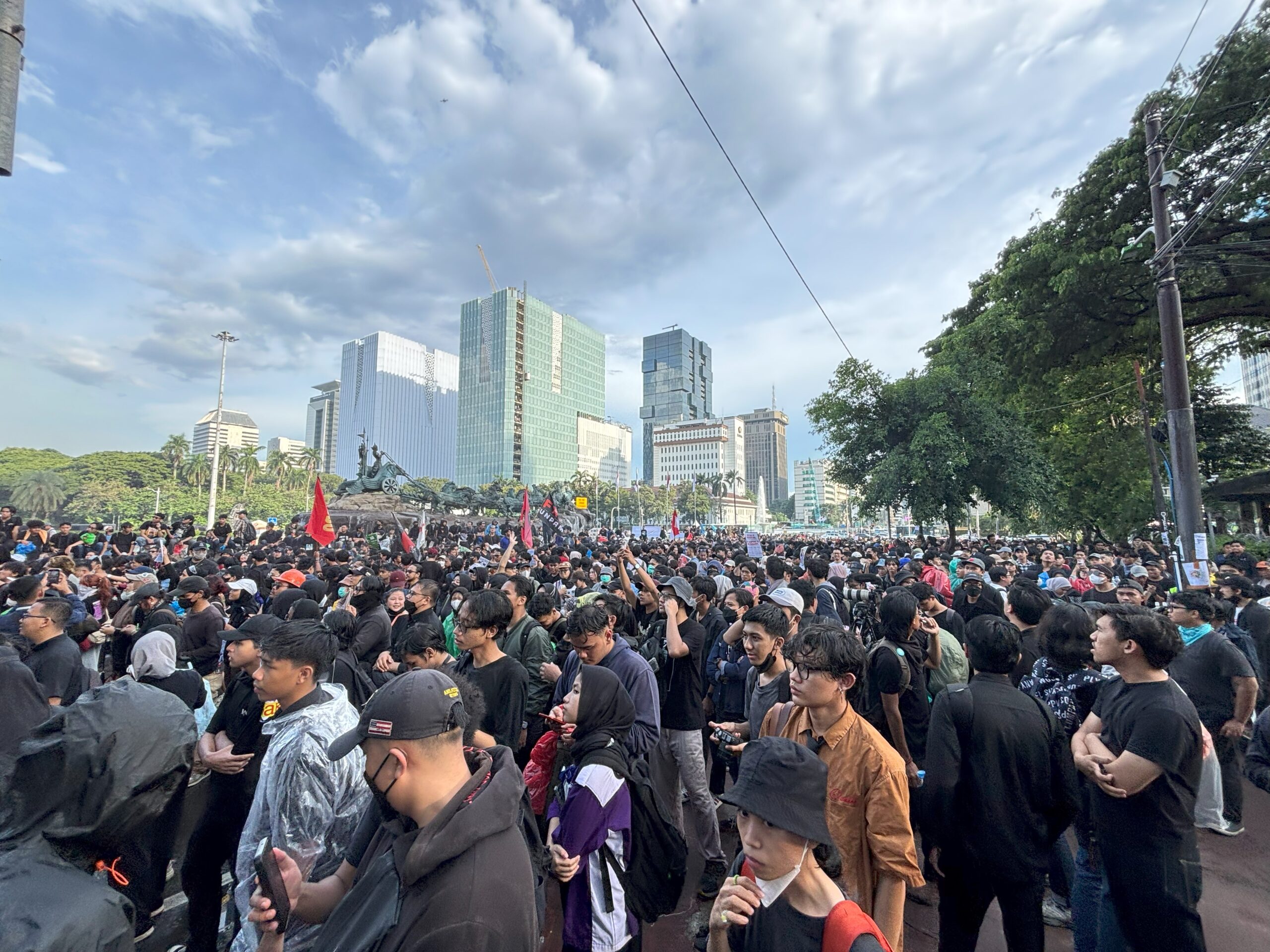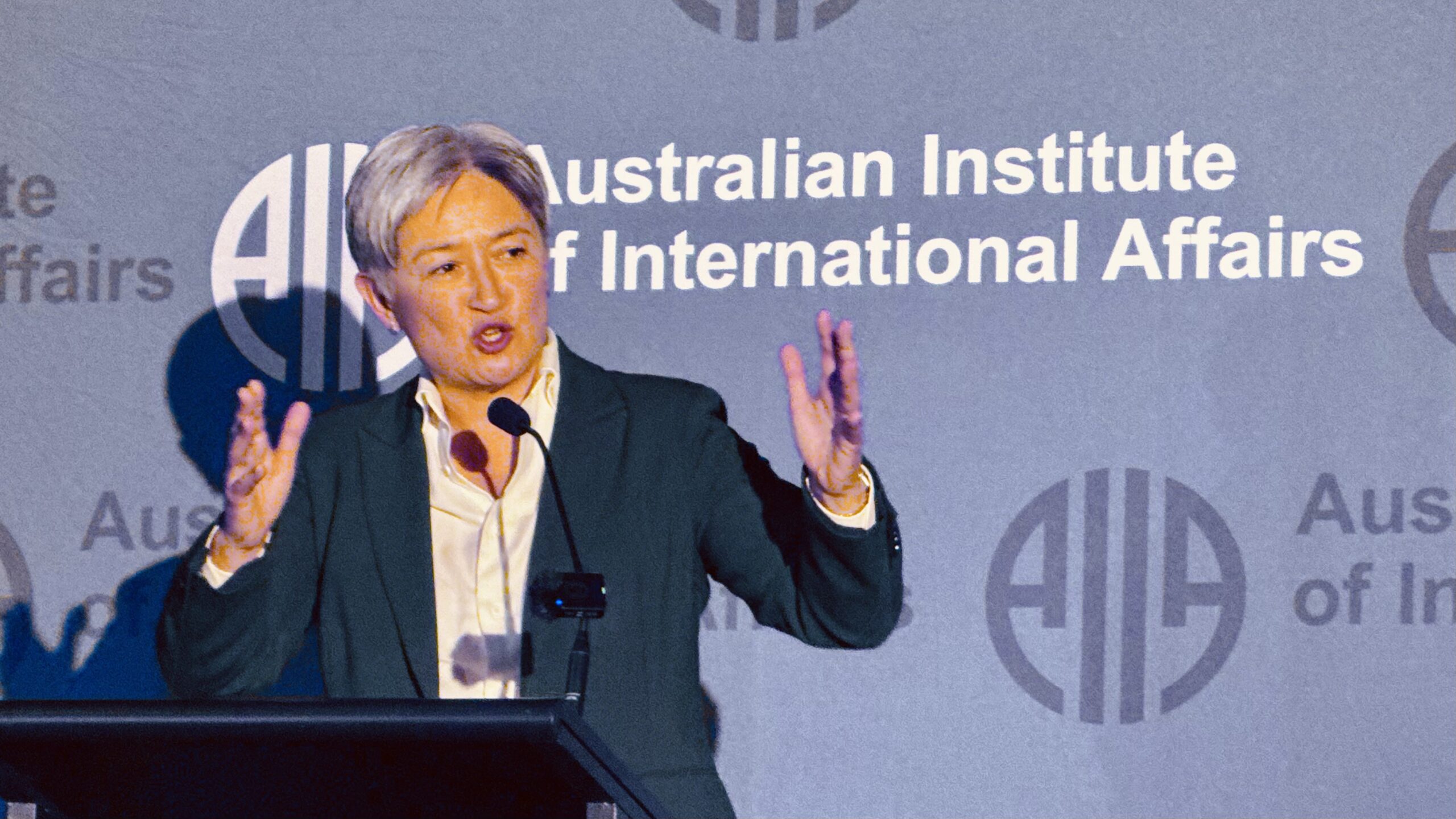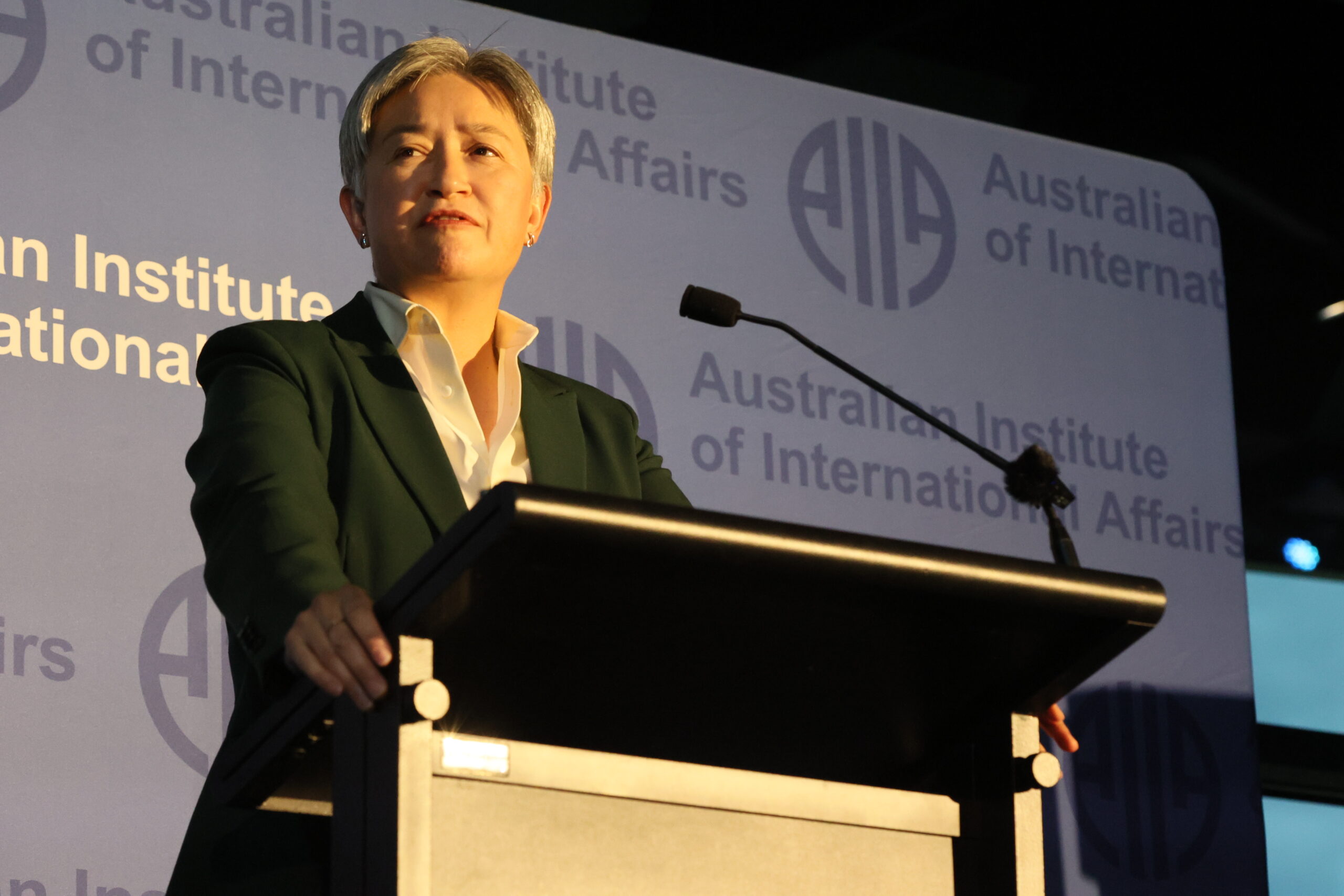On August 25, 2025, following the government’s decision to increase housing incentives for members of the House of Representatives, civil unrest erupted across Indonesia. Following the death of Affan Kurniawan, a young ride-hailing driver, the demonstrations spread nationwide within a few days, with hundreds of thousands of young people emerging as the primary actors of protest. This was not an isolated episode: it marked the third major wave of contention in less than a year.
In August 2024, mass protests emerged under the slogan #PeringatanDarurat (Emergency Warning), followed by #IndonesiaGelap (Dark Indonesia) in February 2025. The frequency and scale of these mobilisations invite a deeper question: Is Indonesia entering a new era—even a decade—characterised by continuous mass protests?
Answering this question requires a closer examination of the structural drivers of discontent among Indonesia’s youth. Far from being passive participants, young people, particularly those from the “aspiring middle class”, are at the centre of these mobilisations, articulating grievances that reflect economic precarity and deeper political frustrations. This dynamic is unsurprising: Indonesia is experiencing a significant demographic surplus until the next decade, yet economic security for many young people remains elusive. As of February 2025, Statistics Indonesia reveals that the country’s workforce comprises more than 153 million people, with approximately 40 million under the age of 30.
However, instead of absorbing this demographic boom into stable employment, Indonesia has been experiencing deindustrialisation over the last two decades, which has reduced the availability of decent formal jobs. As a result, the informal sector has become dominant, now accounting for 59.4% of employment, with young people disproportionately concentrated in this segment. While informal jobs are typically characterised by low wages, lack of social protection, and job insecurity, these “precariously non-poor” youth are vulnerable to falling into poverty. That being said, this condition is contradictory to the promise of a demographic surplus, which is about shared prosperity and economic stability. Therefore, it is hardly surprising that young people are increasingly vocal in articulating their discontents.
Employment precarity is only one piece of the puzzle, as young Indonesians are also experiencing the persistence of socioeconomic inequality. The World Bank reports that Indonesia’s Gini coefficient has increased from 30.9 in 1998 to 36.1 in 2023, making the country not only one of the most unequal in Southeast Asia but also among the fastest-growing in terms of widening inequality. The aspiring middle-class youth witness wealth and privilege concentrated in the hands of a narrow elite, while their own opportunities for upward mobility remain constrained.
The gap between expectations and the lived reality of exclusion has fueled a deep sense of frustration, and this has increasingly found expression in collective action. This is evident in the August protests: Indonesia’s youth showed anger towards the lavish lifestyles of politicians and the government’s approval of raising parliamentary incentives, interpreting it as a tone-deaf policy amid economic slowdowns. On social media, these discontents take on a new digital form, with a youth-driven social movement that keeps a close eye on the wealth and extravagant consumption of politicians and their families. Far from being merely reactive anger, these movements reflect a deeper expression of inequality and elite excess, revealing the widening gaps in society and a broken social contract.
While economic conditions are foundational factors, the elites’ political maneuver also plays a decisive role in shaping the discontents. Scholars have observed a constant erosion of Indonesia’s democratic institutions, with some even describing the trend as an “authoritarian revival” during Jokowi’s presidency. Indeed, Prabowo has inherited and reinforced this institutional power, building a vast coalition that spans both the legislative and executive branches. With such dominance, his government can now pass policies with little resistance and oversight, often producing policies that are detached from public concerns and demands.
For example, rather than prioritising policies enhancing broad-based prosperity, Prabowo’s administration has instead pursued contentious decisions. These include expanding military involvement in civilian affairs, weakening local governments’ autonomy, excessively increasing security and defence budgets without commensurate increases in social protection, and implementing austerity measures to fund the populist free meals program, among others. While these policies could directly harm Indonesia’s economically vulnerable youth, whose social mobility and livelihoods heavily rely on the government’s service and fiscal performance, such moves also denote political closure and alienation. As a result, it reinforces the perception that elites can do as they please while society remains silenced. Feeling voiceless amid Prabowo’s expansive bureaucratic machinery, Indonesia’s youth see the protests as the only available sphere to channel their frustrations and challenge the power structure.
Combined, these political-economic dynamics suggest that the drivers of Indonesia’s contemporary social unrest are profoundly structural. Economic precarity during the workforce boom and the widening inequality have deepened frustrations among the country’s aspiring middle-class youth, who increasingly perceive a lack of opportunity and upward mobility. At the same time, democratic backsliding and elite power consolidation have led to policies with minimal responsiveness to public grievances, resulting in a deepening sense of political exclusion. While the frequency and intensity of protests characterise some of the most significant social contention in Indonesia’s post-Reformasi history, they are not random episodes: they reflect the inevitable outcomes of deeper political and economic tensions. Without a structural and substantial change, through the creation of decent job opportunities, initiatives aimed at reducing inequality, and meaningful democratic political reforms, Indonesia risks entering a prolonged cycle of protest that could define the country’s social and political landscape for years to come.
Gaffar Mu’aqaffi is a Master’s Student in Development Studies at The University of Melbourne. His research interest revolves around the Political Economy of Development, Social Movements, and Environmental Politics. His writings have appeared in national and international media outlets.
This article is published under a Creative Commons License and may be republished with attribution.





